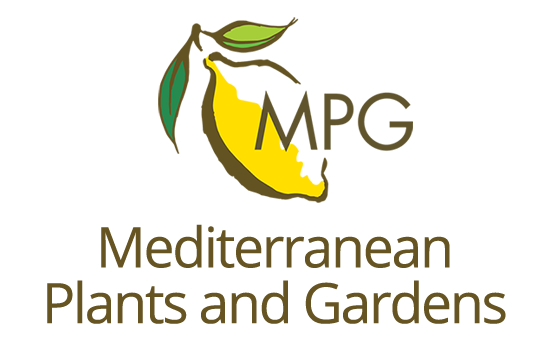Day 12 – Monday 25 August
Darling – Cape Town
We said goodbye to our hosts at Glenfinnan Guesthouse who had made their home ours for the last two nights and headed south-east to the pretty little town of Darling. The surrounding hills and valleys support a critically endangered scrub vegetation called Swartland Granite Renosterveld. It is dominated by shrubs of the daisy family such as Renosterbos and Wild Rosemary and is exceptionally high in floral diversity and endemism. The soil is fertile, which has led to extensive land use for agriculture, as well as urban development. As a result less than 5 per cent of the vegetation remains, most in small isolated remnants on privately owned lands. The Darling Wildflower Society, local farmers and landowners and municipal reserves are important in conservation and the flora is celebrated in early September with the annual flower show, held by the Darling Wildflower Society.
First stop was Tienie Versfeld Nature Reserve, named after the donor who gave it to the Botanical Society of South Africa. It is now managed by the South Africa National Biodiversity Institute.

Zantedeschia aethiopica at Tienie Versfeld Nature Reserve

Babiana angustifolia

Gladiolus carinatus

Pauridia caniculata

Sparaxis villosa

Nemesia barbata

Terrapin, safely relocated off the footpath by Frank

Aizoon paniculatum

Lobostemon fruticosa
The Darling Renosterveld Reserve was our next stop, a 20-hectare municipal reserve opposite the primary school, located on top of a granite koppie and overlooking Darling and the surrounding farmlands. Paths wind through the scrub renosterveld vegetation and the reserve is home to several rare and endemic species.

Darling Renosterveld Reserve with yellow Othonna liniifolia

Gladiolus watsonius

Monkey beetle on Pauridia capensis

Gladiolus alatus

Nemesia barbata

Ixia scillaris

Euclora hirsuta
We stopped for a picnic lunch at Duckitt Nurseries Oudepost Wildflower Reserve. The ground was dotted with the mounds made by mole rats and Frank called us over to see a mole snake just before it vanished down a burrow!

Pale yellow daisy Arctotheca calendula and Wurmbea stricta on pond margins

Tulbaghia capensis
It was now time to leave the rural areas and return to Cape Town. We made a stop at Sunset Beach which had fabulous views to the city, Table Mountain, Lions Head and Robben Island. There was also of course an opportunity for some botanising, seeing plants that like to grow in the dunes.

View to Table Mountain and Cape Town

Manulea tomentosum

Harveya squamosa, a root parasite, in bud

